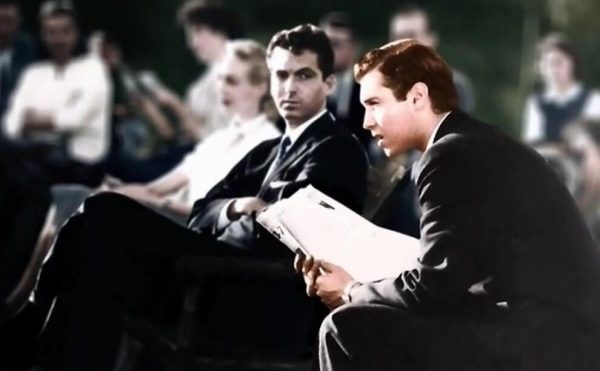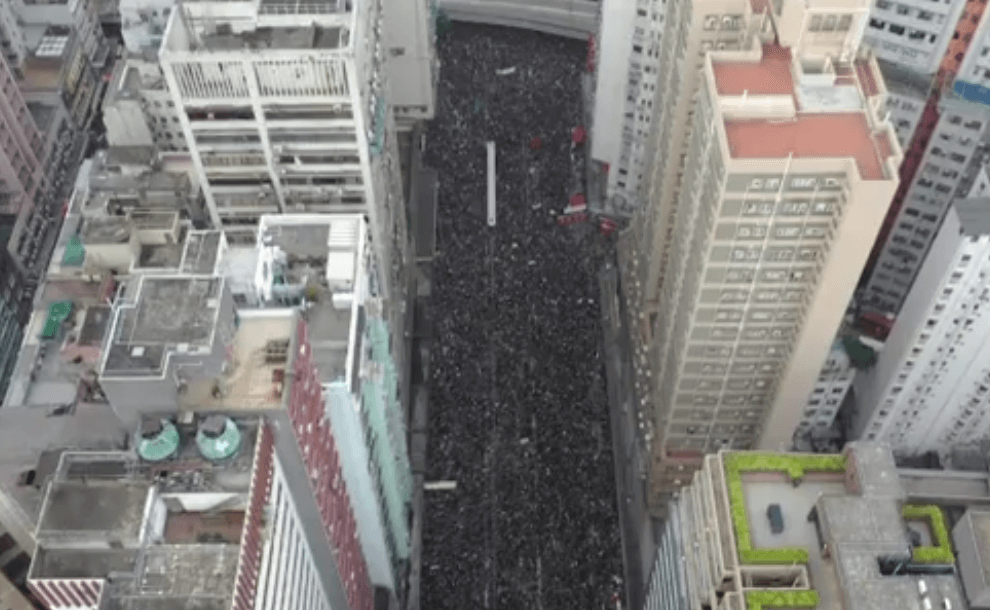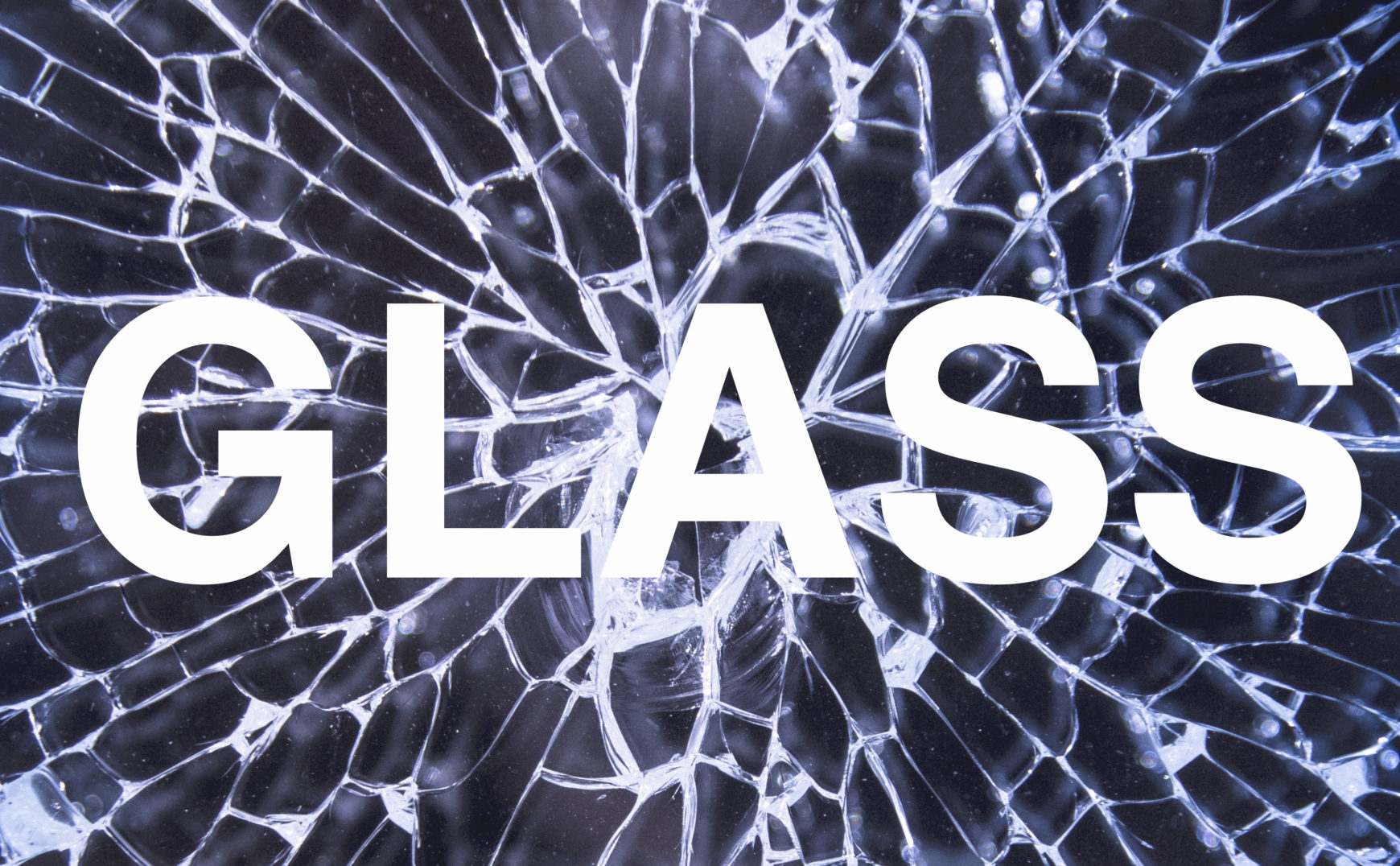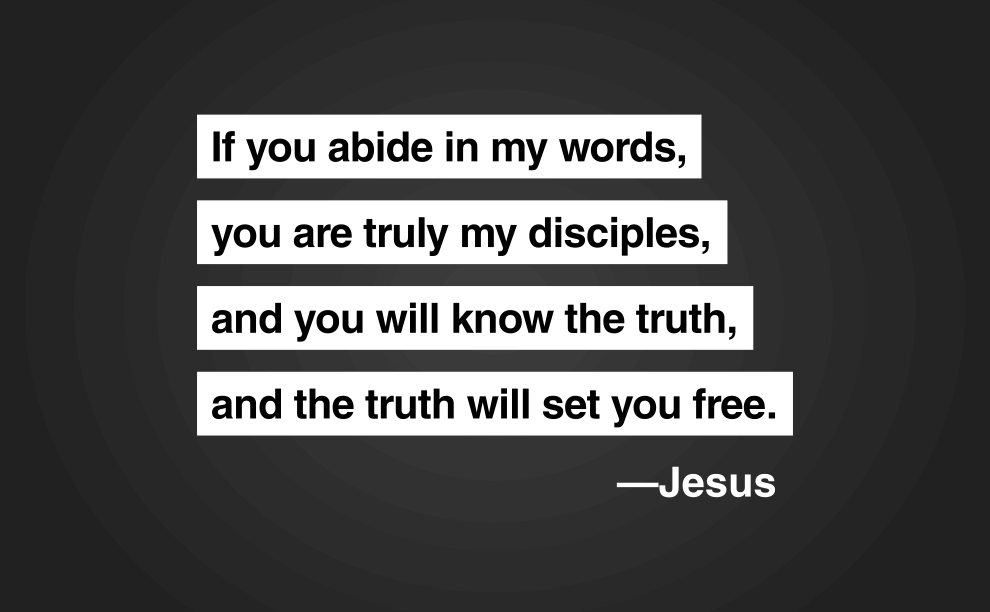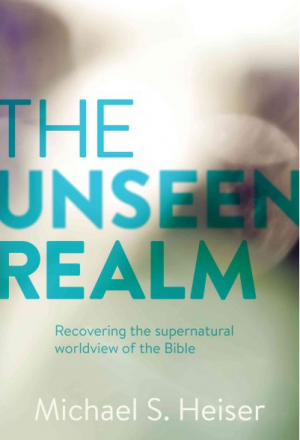Introduction
In Part 1 of this series we subdued the notion that PTSD is an invention of American origin in the latter half of the 20th Century. In Part 2 we turned to the Golden Age of Athens, to the great Greek tragedians, to establish the historicity of PTSD-like symptoms and suggest that it is a pathology that may be as old as combat itself.1

Now we will examine two contemporary militaries, those of the United States and Israel, and compare their statistics regarding PTSD. Israel famously has mandatory military service for its citizens, with few exceptions, and continuously engages in combat operations with neighboring countries and terrorists. The US is the sustainer of two Endless Wars(TM). So how do these militaries stack up against one another when it comes to the refined data?
Jonathan Shay Defines PTSD

Dr. Shay spent over two decades treating Vietnam veterans at the Veteran’s Administration in Boston. His patients’ no-BS way of speaking has rubbed off on him and the straightforward way he defines his terms is sensical and refreshing.
PTSD nicely describes the persistence into [normal] life of the valid adaptations in the mind and body to the real situation of other people trying to kill you.2
Most veterans who experience symptoms associated with PTSD see them fade with time, in as little as a month.3 Many others endure them for many months or years.
The Recognized Symptoms of PTSD
The Israel Trauma Center for Victims of Terror and War lists the three primary symptoms of “Post-Trauma” – note they leave off the stress disorder as to not potentially pathologize their entire nation – and give some helpful examples of each. They will not be reproduced here, but you can see them here. If you want to get into the weeds with the Diagnostic and Statistical Manual of Mental Disorders, party on, Wayne.
How the IDF and US Armed Forces Compare with Reported Rates of PTSD
The Second Lebanon War took place in the summer of 2006 and saw bitter urban fighting.4 1.5% of “Israeli soldiers in mandatory service and in the reserves were diagnosed with PTSD” in its aftermath.5
In contrast, a U.S. Army Medical Corps study done in approximately the same time period, found that about 8% of U.S. soldiers who served in Iraq and Afghanistan had been diagnosed as suffering from PTSD.5
 Veterans suffering from PTSD are at higher risk for many problems – trouble sleeping, anger, depression, substance misuse – but chief among them is suicide. The Veteran’s Administration of the United States gathers statistics on Veteran suicide rates, and “in 2015, an average of 20.6 active-duty Service members… and Veterans died by suicide each day.”6
Veterans suffering from PTSD are at higher risk for many problems – trouble sleeping, anger, depression, substance misuse – but chief among them is suicide. The Veteran’s Administration of the United States gathers statistics on Veteran suicide rates, and “in 2015, an average of 20.6 active-duty Service members… and Veterans died by suicide each day.”6
This is an appalling statistic but we’re not going to succumb to the gravitational pull of that crap-sandwich here. Insofar as PTSD’s status as a contributing factor to suicide, what’s at issue is the 1.5% versus 8%. Israel’s 1.5% actually falls below the global range of 2%-18% with the US sitting roughly in the middle.5
A casual observation of the prevalence of US veteran addiction, homelessness and suicide indicates a severe problem. When it is understood that often these issues are connected with PTSD and it is further understood that the statistics are not the same everywhere – in other words: it doesn’t have to be this way – it becomes all the more imperative to understand what makes IDF soldiers different.5
“It Doesn’t Have to be this Way”
Experts agree that a major determining factor in Veterans’ ability to regain some semblance of normal life after combat is exactly what environment they come home to. Detailed in Part 1, the iconic Hanoi Jane still stands as the worst of the worst in regards to homecoming rejections for weary Joes. A close second-worst is an apathetic public with no skin in the game, one who thanks you for your service without any idea what it is exactly you did, to whom, or for what.
People say ‘thank you for your service’ but I think they mean ‘thank you for killing for me.’ At times I wish they’d have the moral courage to say it.7
As stated in Part 2, less than one half of one percent of Americans will ever put on a military uniform and few of those live their lives with any awareness whatsoever that there’s American men and women at war in seven different countries across the globe.8 The media spins crisis after crisis and only addresses warfare when it’s politically expedient as a means to attack the other side, be it R or D. Most Americans have shouldered no personal cost for nearly twenty years of armed conflict.
The Israeli military compels service of its citizens with very few exceptions. With a population just above 9 million, they measure their potential military strength in the number of youths reaching military age – roughly 120,000 men and women per year as of 2016.9 That’s the math – the rhetorical side of this is nearly everyone in the population serves.
Unlike in the US, there is no person in Israel who is untouched by terrorism or war; soldiers are an integral part of Israeli society… The IDF is a citizens’ army, consisting of our fathers, brothers, husbands, friends, sisters and daughters. Almost every household has a soldier, if not a number of soldiers, many of whom have fought in multiple wars.5

Israel is a tiny coastal country surrounded on land by mortal enemies:
The prevalence of terrorism means that there is little separation between the soldier on the battlefield and the mother in her home, the child walking to school or the father driving to work…The average Israeli knows or can imagine what a soldier or a victim of terrorism has experienced. Personal experience creates understanding and compassion for the pain of others.5
Prizing Survivors, Not Victims
Derek Summerfield was right when he said we trade victim status like currency – through lawyers of course, who sue on our behalf and take a plaintiff’s dignity in exchange for a bowl of soup. By in large, Western culture no longer prizes survivorhood.10
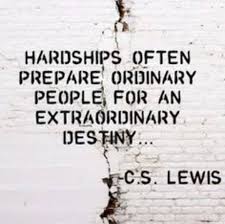 Israel hasn’t had a chance to breathe since its founding in 1948 – seven wars and counting, and at least seven other military operations between wars where men and women fought and died.9 When you’re locked in an existential battle for survival there isn’t time to worry about
Israel hasn’t had a chance to breathe since its founding in 1948 – seven wars and counting, and at least seven other military operations between wars where men and women fought and died.9 When you’re locked in an existential battle for survival there isn’t time to worry about crap that doesn’t matter secondary considerations.
Israeli’s experiences as individuals and as a nation have taught that terrible things will happen. Some people will die as a result but those who survive will be stronger because of it. This is the mindset of resilience.5
Does a culture have to be locked in mortal combat to be resilient? The Greek Tragedians would tell us no. They portrayed human suffering to mass audiences knowing that:
Through empathy, imagination, and shared discomfort, we often find a common language as well as common ground. Tragedy, both theatrical and personal, knows no boundaries.11
Trending
Americans are currently insulated from the worst things in the world. We are doing everything in our power to seek the next entertaining distraction to keep even the ideas of suffering and death as far away as possible. Israelis are not and can not - the Ancient Athenians certainly couldn't afford to, either.
"Why are we here?"

I was in Iraq for the first national elections. I remember seeing an Iraqi man walking around with his thumb stained black from the ink pad used to make his mark on the ballots. He was being treated at our airbase for minor injuries sustained when a militia attacked his polling station in an attempt to disrupt the voting process earlier that afternoon.

It's difficult to square my feelings of optimism then with the situation we have now. Subsequent administrations have dropped the democratization of the middle east further and further down the list of strategic objectives.
The IDF is not in the business of exporting freedom. They are a citizen army whose primary objective is the survival of the Jewish homeland:
Everyone goes to the army for the same reason. Everyone suffers from terror attacks for the same reason. The individual cannot control what is happening but at least they know why it’s happening.5
Loving Thy Neighbor, Even if it Means Shutting Up
Job's three friends are infamous for their inability to console him during one of the worst personal crises in all of recorded history. It's easy to overlook Job 2:13. They clearly love Job in some fashion - they demonstrate this in their patience - and as chapter three opens, they also let him speak first.
So they sat down with him on the ground seven days and seven nights, and no one spoke a word to him, for they saw that his grief was very great.12
After I came home from Iraq there was one friend who kept me above water, and it wasn't by leading with sage advice. He just let me be, as rough as that was for him. He kept returning my calls, kept meeting with me during his lunches to work out. Years later he told me how horrendous my language had been, how bitter - it was the WWIII of F-bombs. I had deep resentments, bitterness and anger toward I knew not what. I never realized how hard it was on him at the time. He never let on that it bothered him. He sat with me in the ashes and just let me be.
While Americans might honor or respect their soldiers, Israelis love their soldiers passionately. Honor is something you do from far away. Love is up close and personal. To Israelis soldiers aren’t heroic figures you throw parades for and give medals. Soldiers are our boys, our girls, our family. You feed them, make sure they are warm and comfortable. You let them sleep on your shoulder if they fall asleep next to you on the bus... Our heroes are soldiers that go home and their mother tells them to take out the trash. No one calls them “Sir.” Rarely will anyone thank them for their service but everyone will love them.5
Conclusion
Post Traumatic Stress Disorders are not new, nor are they a "harmonious illusion." History, and I mean all of it, is amply full of evidence indicating that the personal, psychological, and societal cost of training young men and women to kill is enormous.
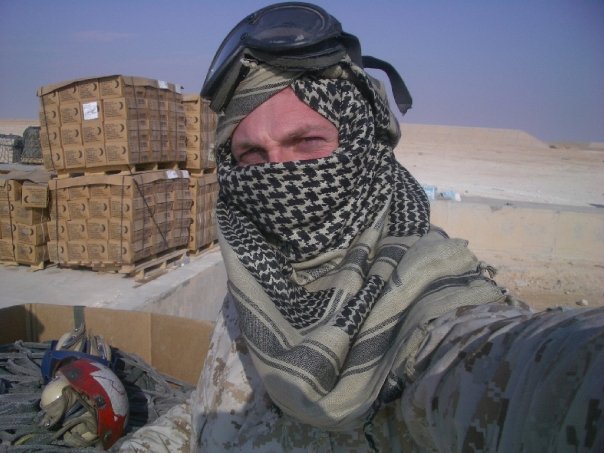
This timeless cost of learning to kill is not too high a price to pay. All signs suggest that the environment our soldiers return home to is the most important factor in enabling them to live out the rest of their lives with some semblance of normalcy. This communalization of trauma has been the recipe of successful rehabilitation of war wounds throughout history.
Suffering must be countenanced. Sorrow and grief cannot be pathologized and treated with pills. Our society must find the courage to accept the price we ask our young men and women to bear and help them shoulder the cost. We must have the moral accountability to share in the trials of our soldiers, who kill in our name for our liberties and to export our values to foreign lands.
If you are fortunate to have a Veteran friend or neighbor, please don't feel obligated to thank them for their service. It is far more important that you be present with them, make yourself available, whatever that looks like. It could just be the two of you, sharing the "grief, loss, and commiseration, like a Greek chorus singing softly, and in unison, at the foot of the altar."13

Your Friend, Who Loves You, Who Will Never Leave You
In Part 4 of this series we will demonstrate how a biblical understanding of Christ's promises can pay the cost men and women have always paid - and will always pay - for learning to kill.
Stay tuned.
References:
- See "Nothing New under the Sun: Post-Traumatic Stress Disorders in the Ancient World," by Walid Khalid Abdul-Hamid and Jamie Hacker Hughes.
- Shay, Jonathan. "Moral Injury." Psychoanalytic Psychology 2014, Vol. 31, No. 2, 182–191. Accessed online.
- NATAL: The Israel Trauma and Resiliency Center. "What is Post-Trauma?"
- Wikipedia, "2006 Lebanon War."
- Rain Marcia, Forest. "Why do Israel's IDF Soldiers Suffer from PTSD less than their American Counterparts?" The Israel Forever Foundation.
- The VA National Suicide Data Report, June 2018.
- Huesing, Scott A. "Retired USMC major on Veterans Day: Thank you for your service, or thank you for killing?" USA Today Online, November 11, 2018.
- Watson, Ben. "US at war in 7 countries — including Niger; US Army rebuilds Afghan firebases; F-35s to India?; and just a bit more…" Defense One, March 15, 2018.
- Wikipedia, "Israel Defense Forces."
- Summerfield, Derek. "The invention of post-traumatic stress disorder and the social usefulness of a psychiatric category." British Medical Journal, vol. 322, January 2001. Accessed online.
- Doerries, Bryan. The Theater of War: What Ancient Greek Tragedies can Teach us Today. Vintage Books, 2015, p.263.
- Job 2:13, NKJV.
- Doerries, p.266.






